|
In January, after having been away for a month, Rudy is back in Lauwo to continue the implementation of the model garden with pak Amir and Yusri. In December, Rudy spent a month at the BumiLangit Institute in Jogjakarta where he learned about permaculture. With permaculture you can design a food garden that is beautiful and useful for yourself but also for the many creatures we share this earth with. Permaculture is about a holistic world view with the awareness that we are part of the whole earth’s ecosystem and everything we do has an effect on the whole. Rudy has learned a lot about various crops but also gained ideas on how to involve the local population in the project and how to make young people enthusiastic to work in agriculture. In short, very valuable knowledge and input that can certainly be useful for the La Galigo project. And Rudy will share it with you in this blog! The daily operations We have been redesigning the model garden for a couple of months now. We literally see everything flourish and the collaboration with people and local organizations is growing. Usually I start the day with an inventory tour through the garden to keep track of the growth of the plants. The advantage of doing an observation round is that you become more and more aware of what crops are available. This way you can also better estimate which crops can still be implemented according to the agroforestry rules! Sometimes I start an observation round while jogging. Unfortunately, there is a lot of dirt on the streets. I have decided to go “plogging”: jogging and collecting litter on the streets. Doing this, you keep yourself healthy and give the surroundings a helping hand at the same time! Besides cleaning up litter, the maintenance of the garden and making cuttings is one of my biggest activities. Taking care of this requires a lot of attention. I also keep in touch with the locals, guests and do the administration. Together with Pak Amir and Yusri, we focus on garden maintenance and are working on the next steps for the model garden. We are doing a lot of research on which plant species we can add and where we can find them. This is quite a job, since half of our plant species have to come from Java, because unfortunately a large part is not (organically) grown or planted. That means that the crops need to be sent to us... Perhaps this will create an opportunity to start a small nursery garden with special plants and trees that can then be used in other agroforestry projects and cocoa plantations. We have plenty of space! Schedule of the different plant species in layers that we will add. At the moment, the most important thing is that the soil layer is constructed further and the plants are bought, so that we can start planting in February. We are still looking for a good cover crop. These are plants that are planted to cover the ground and not to be harvested. They manage soil erosion, soil fertility, soil quality, water, weeds, pests, diseases, biodiversity and wildlife in an agro-ecosystem - an ecological system managed and shaped by humans. The development of the crops – and what can we do with them? Every time I see the crops grow, it feels like getting a present! I would like to share this joy with you by telling you which crops we plant and what good we get in return. Most of the crops we have planted before, have fortunately survived, namely durian cuttings, pineapple, sereh (lemongrass), ginger, rumputgaja (elephant grass), porang and papaya. Only the strong crops survive. We apply the “placenta technique”. The Placenta Technique means that the cutting is protected and nourished by two branches of the cassava that are inserted diagonally under the cutting. These grow together, creating a shadow. The roots of the cassava feed the cutting at the same time. I brought kelor seed (moringa oleifera) from Yogyakarta and made cuttings of it. The kelor tree has the same function as the gamal tree, namely to release nitrogen to the soil and it can also serve as organic material for making compost. But you can make so much more with it, namely soap, tea and face mask. You can also eat it and you can use the seeds to purify water. Cuttings of mulberry and markissa (passion fruit), these are both delicious fruits that can also be used to make jam or tasty drinks. Markissa also attracts pollinatorslike bees, which are also useful for the transfer of pollen grains from cocoa flowers – cocoa flowers die off if they are not pollinated within 24 hours. We also want to add vanilla. This will hopefully be one of the climbers in our agroforestry model garden next to the markissa! Bungatelang (butterfly pea flower) is a flower that can be used as a blue dye and to make tea. We also want to plant it so that tea can be made and sold. This is just a selection of the crops we will plant. What is important is that these crops are beneficial to the soil and offer a chance for our own consumption! This is a good example of the reciprocity between human and nature: as soon as you give something to nature, you get something in return. And not just a little.Yummy! 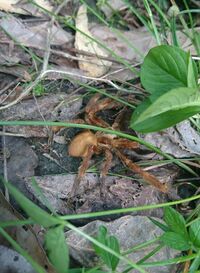 Welcome animals! We notice that the rumput gaja (elephant grass) attracts a lot of grasshoppers! This can have a positive effect on predators, such as spiders, that are useful in the garden. No need to panic, because these animals are desperately needed too! We also saw a green snake in the garden for the first time! This is a good sign, because the more life in your garden, the better. Of course, you don't want too many wild animals in the garden, but that’s not the caseat the moment.Because of the presence of many frogs, snakes will come. Frogs are beneficial, because they eat mosquitoes and other insects that are too abundant. The ecosystem is starting to take off! Connecting with people This month there were a lot of important meetings but I absolutely wouldn't have wanted to miss two of them. The first was a meeting with ibu Masnah. She is an entrepreneur with, among other things, a compost company and sheruns her own café, which she regularly opens for events. To name one, there was a "Next generation" group that came together to talk about sustainable steps for the future. She also experiments with crops. A very cool example is that by using pineapple enzymes she can make coconut oil! How special is that! We can learn a lot from Ibu. This also shows how valuable it is to connect with people. Together you stand strong! second meeting was in Tomoni with the teachers of the agricultural school. Pak Hamka, who we know from the farmers’ cooperative CahayaSehati, introduced us. I met the village chief and together we went to the school. There I met four teachers and they were very excited to participate in the boot camp we want to organize for the young people in the model garden. The goal is to involve the young people in our project. We want to focus on introducing agroforestry, pruning, mulching, the influence of pesticides, and viruses that we can prevent. Besides the focus on agriculture, we plan to teach them English to increase their chances. The program will consist of a two-day session in whicha group of about 15 students from the farm school will participate. It was very nice to see the school and to hear that there was a lot of interest in our plan! The head of the village said he did see a future in agroforestry for his village! I got so excited! Well, let's not move too fast, but I do think it's a very nice step :) Compost house, worm bin project, well and bridge The construction of the compost house had started in November and was completed in January. Very nice, because now we can finally make compost. The only problem is still collecting enough organic material, but I notice that we are becoming more and more inventive. One day we didn't have any compost, but we did have sand, dry husks of coconuts and remnants of an old tree. We started mixing sand, earth and small pieces of coconut husks. Coconut husks are good soil improvers because they contain potassium, iron, magnesium, copper and zinc. And there we got it: compost! Together with Ifat, the son ofpak Amir, we robbed the fridge to make a worm bin for the compost house. That was a laugh! A worm bin is a trough with compost worms that make compost from vegetable, fruit, garden and kitchen waste. It is a short-term solution for now. I am curious how long this system will last. In addition, the compost worms are difficult to obtain here, because worm binsare not yet widely used. A few men have come to finish the well. Very nice, now we finally have water for the dry periods. We just have to think of a system to connect the pump. My preference is to use solar energy, but unfortunately that is not very cheap yet. We will have to look into this and look at possible alternatives! We also had a bridge built to improve accessibility to the model garden. This will help to make it easier to transport the harvest in the future. Reflections In particular, I have described my activities here on the plantation and what our plans are for the future. Besides physical effort through work, I also struggle a lot with my thoughts about the future. For the project to succeed, you can't just drop by and give training and then leave. A lot of large companies and NGOs usually do that, and then things go well, but only for a while. They are less willing to invest quality time in maintaining relationships with the farmers, which means that you see that there is less help from a holistic approach. It is often only about increasing the harvest. The parties leave and the farmers fall back into old practices because they run into problems. Then a new party comes along with new promises. This is where we hope to make a difference with project La Galigo, because it is set up from an inner motive, to help people move forward in a natural way and to use their landwhile also giving back to nature. Better for the environment, without pesticides, healthy food for the local population, against deforestation and climate change, no plastic, working towards zero waste but also an added value for the local and regional economy. A complete change of mindset, to how it once was. Practice shows that it takes us a lot of time to find the right cooperation partners. Team La Galigo is constantly networking with different organizations and individuals. It is vital to create close ties with local people and parties so that they will carry the project from a deep intrinsic motivation, so that it becomes their project. That is the ultimate goal of project La Galigo. Like permaculture so that it becomes ‘way of life’. With this vision in the back of our minds, we will continue our journey. Together. On our way to a greener future!
Do you have any ideas for us or would you like to let us know what you thought of this blog? Let usknowbyleaving a comment below
1 Comment
|
Authors Tom, Onno, Claudia and FatimaTales from the project site Archieven
Juli 2020
Categorieën |
©LaGaligoFoundation

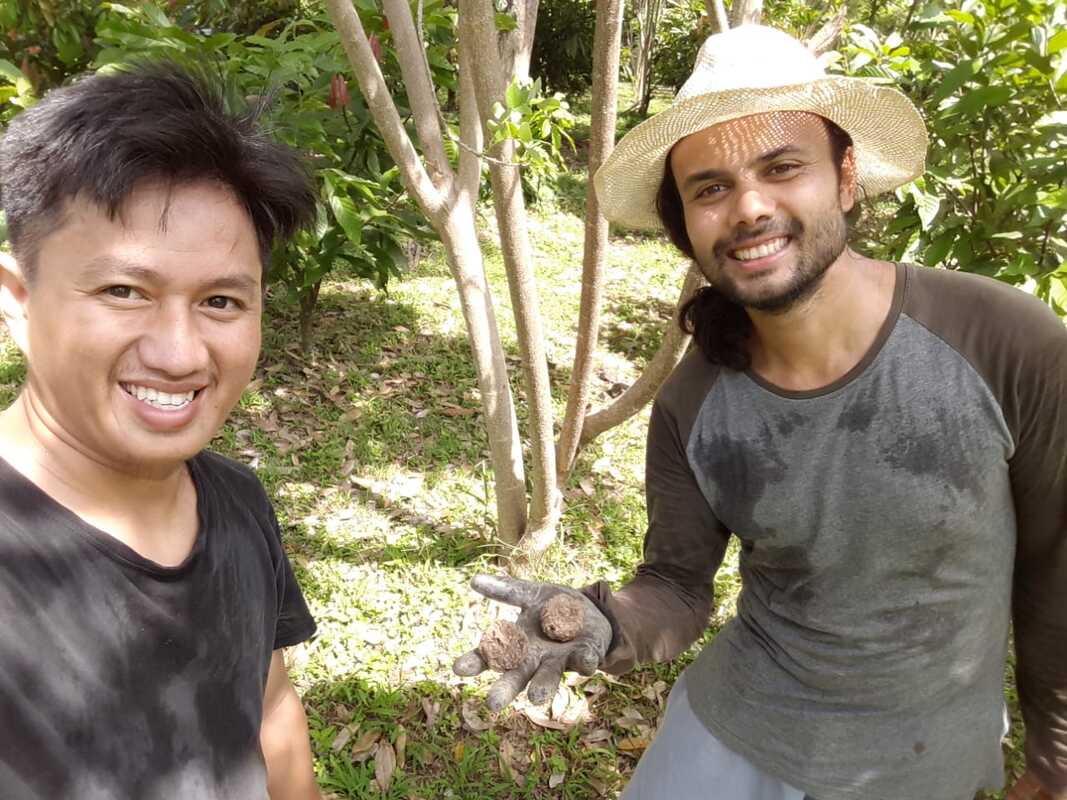
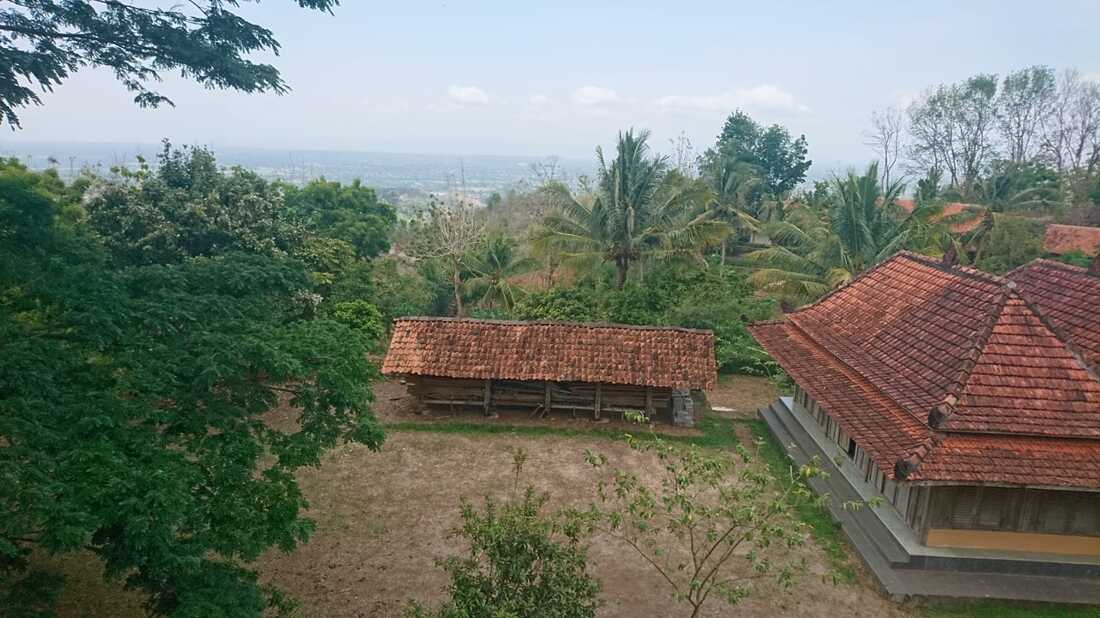
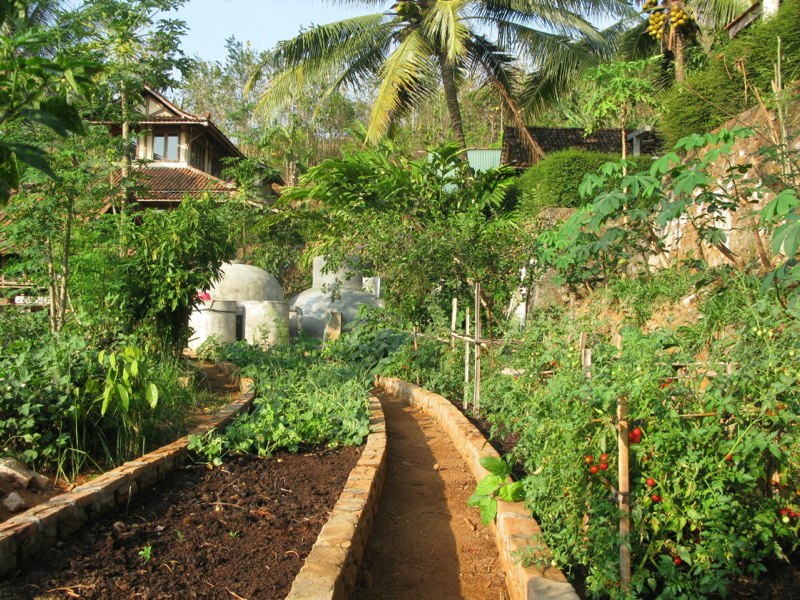
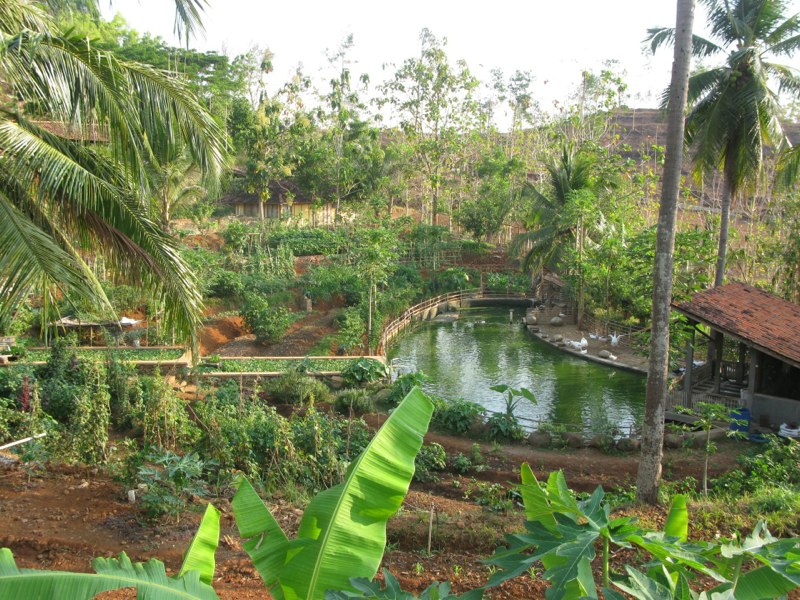
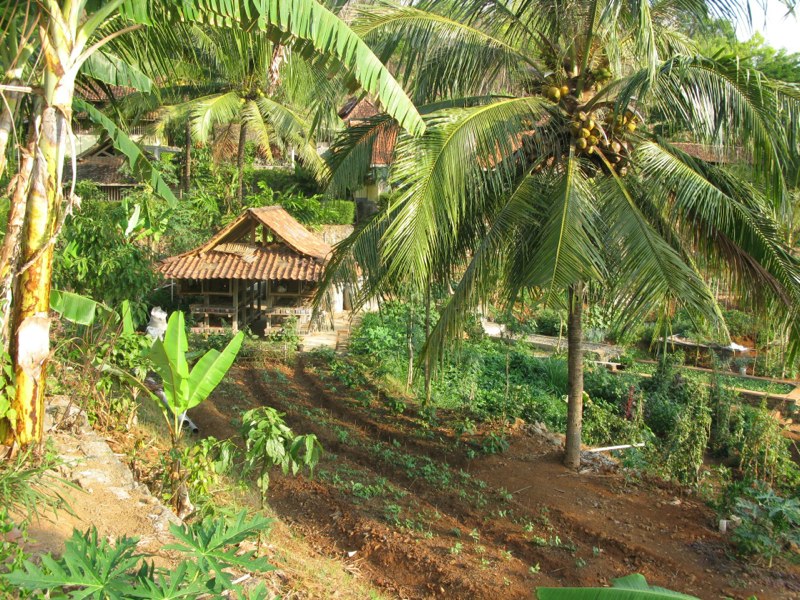
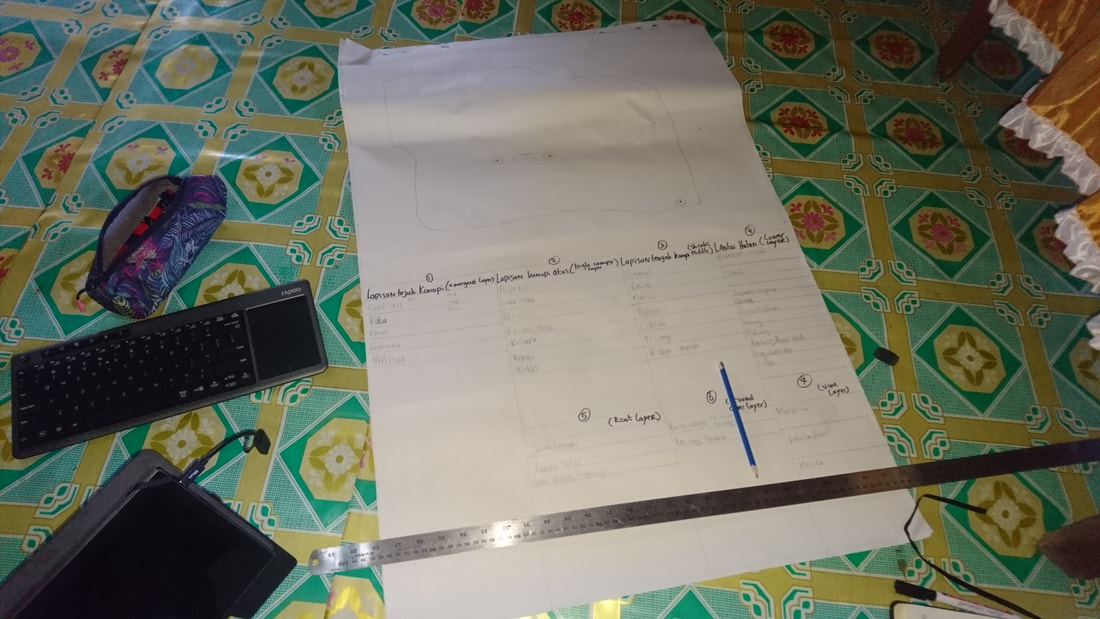
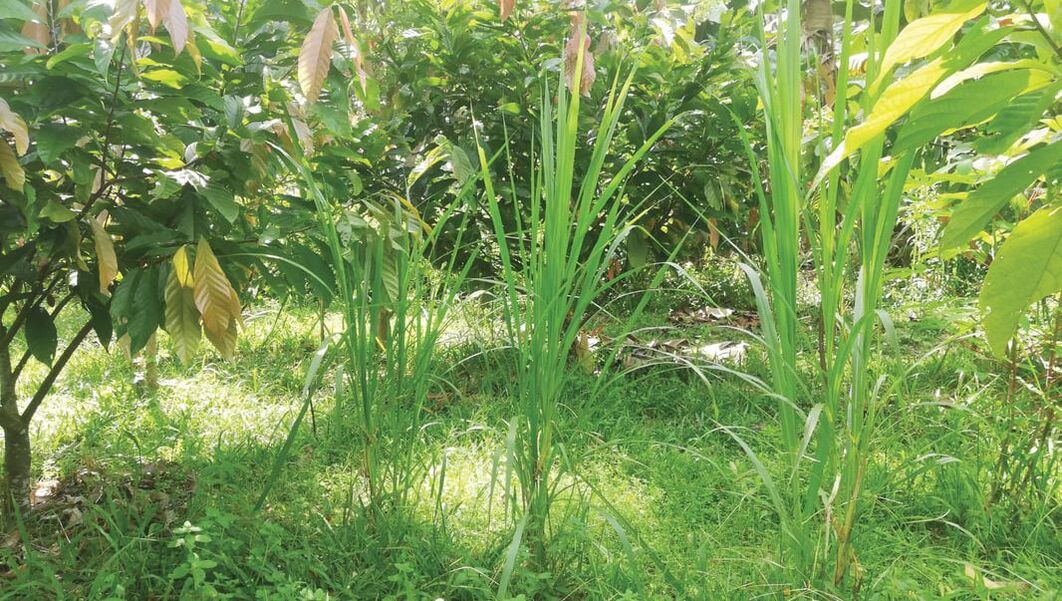
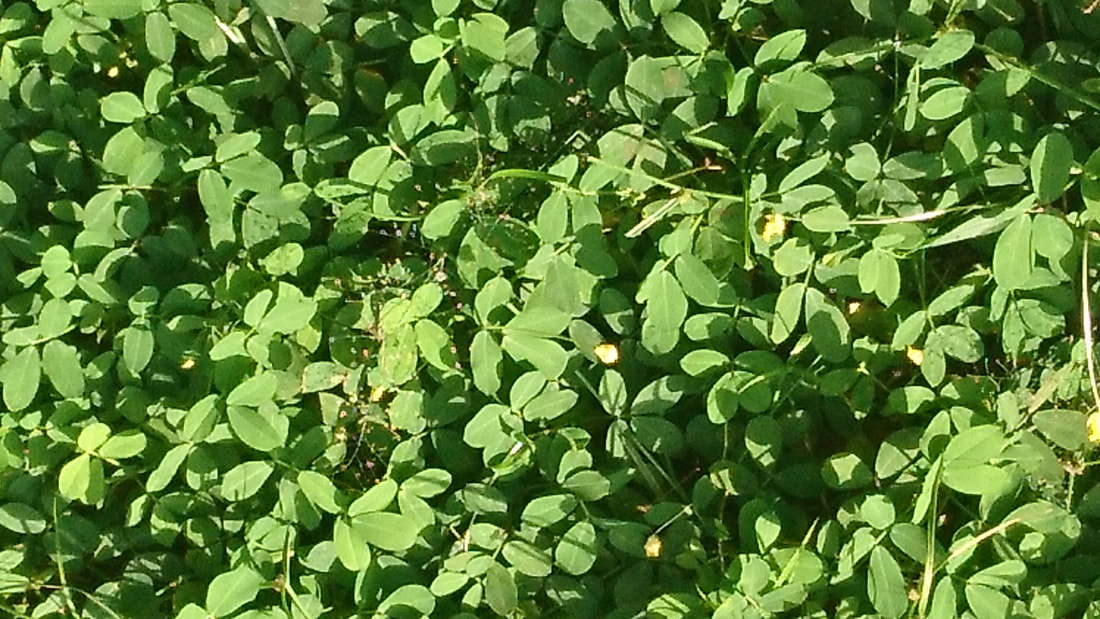
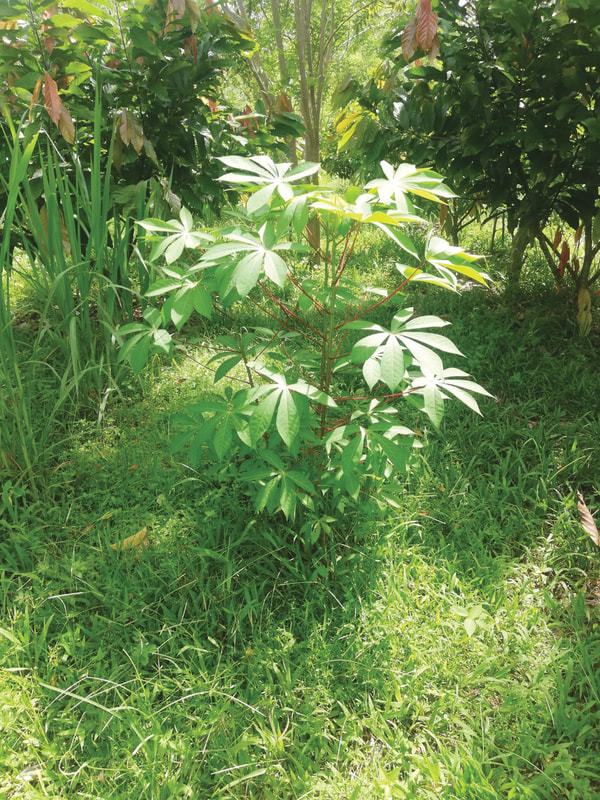
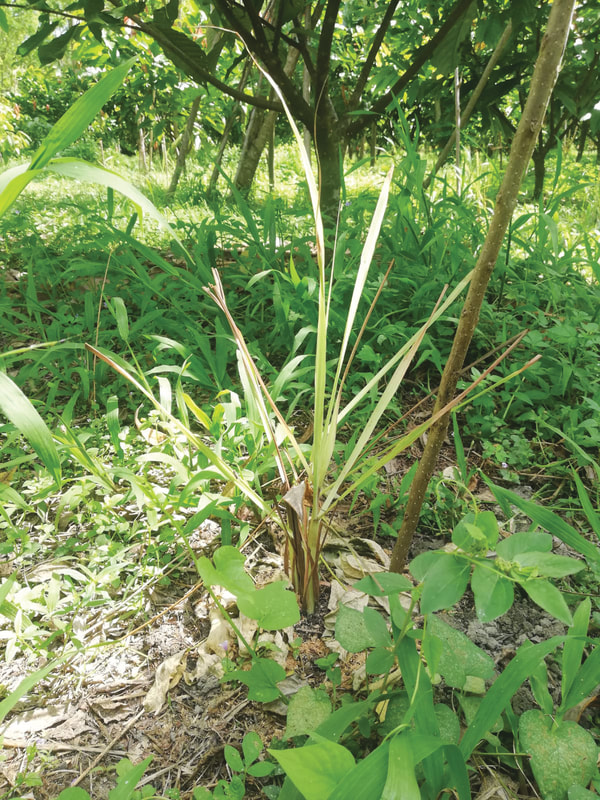
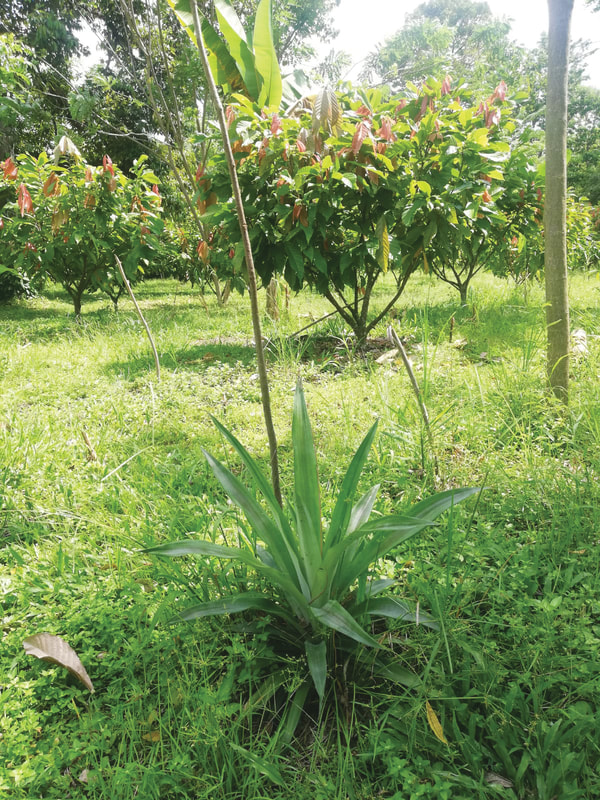
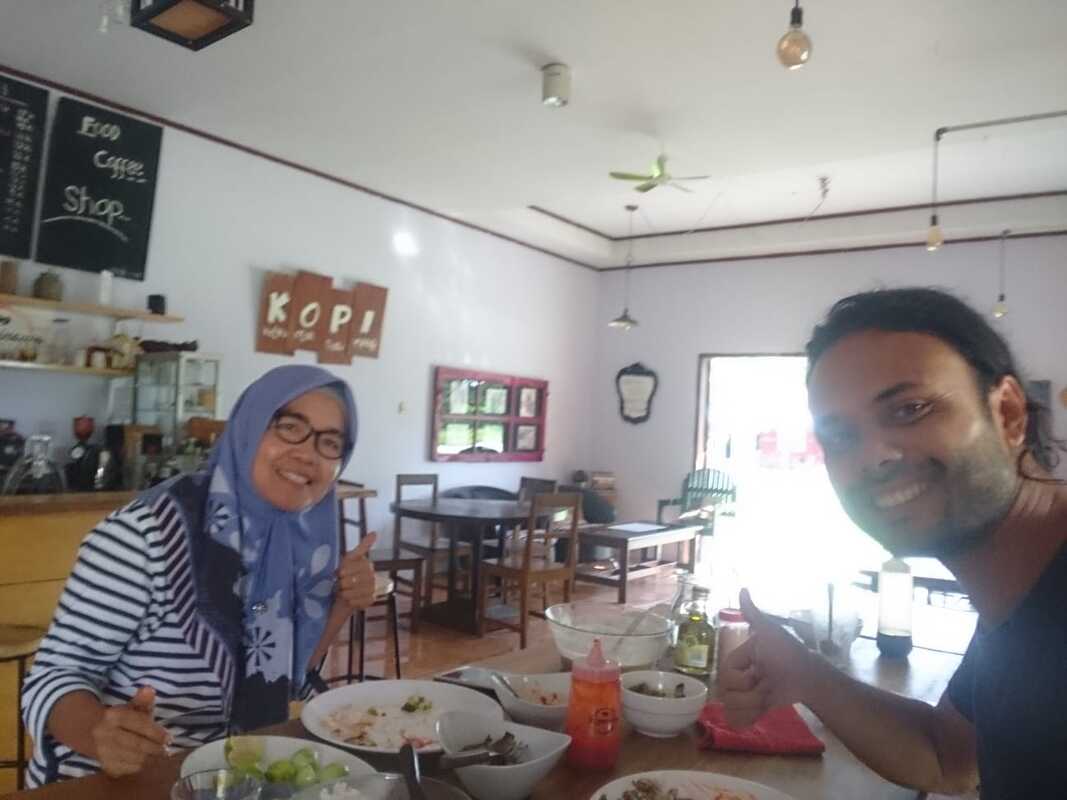
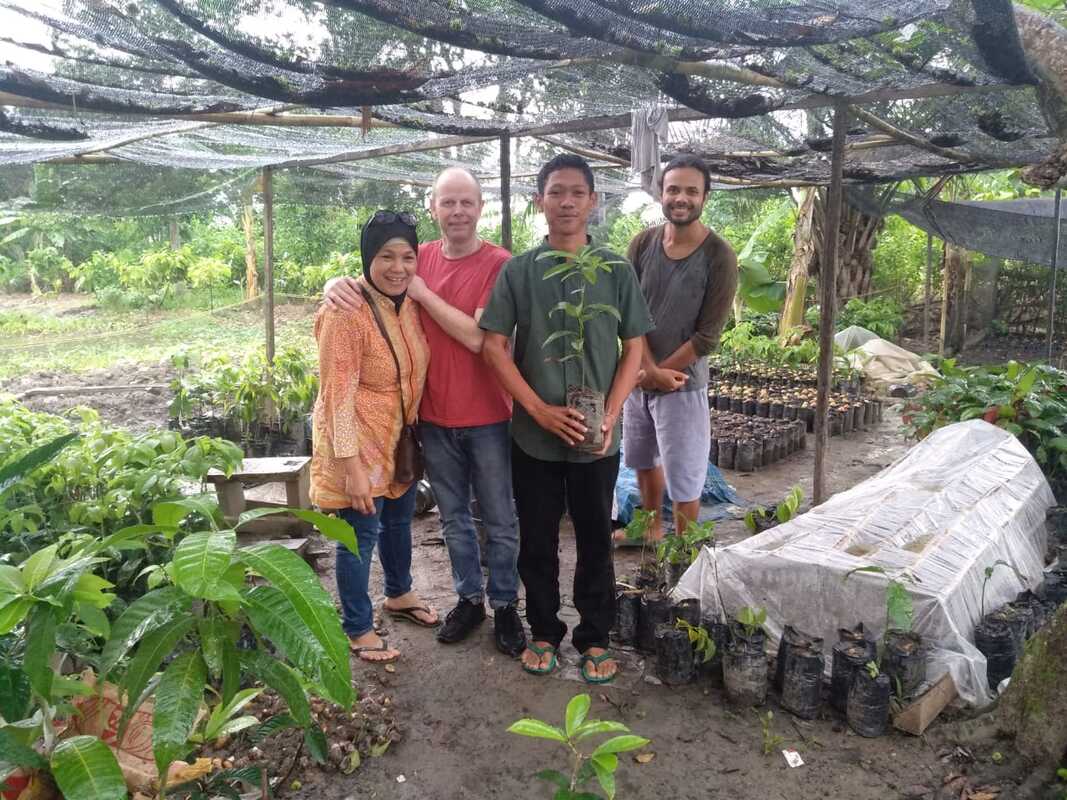
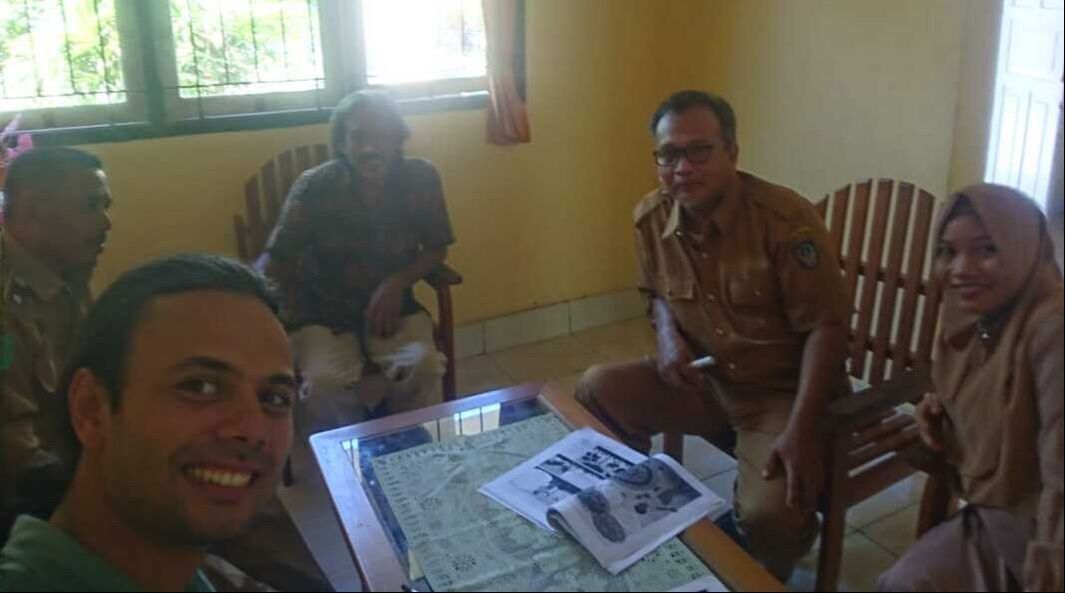
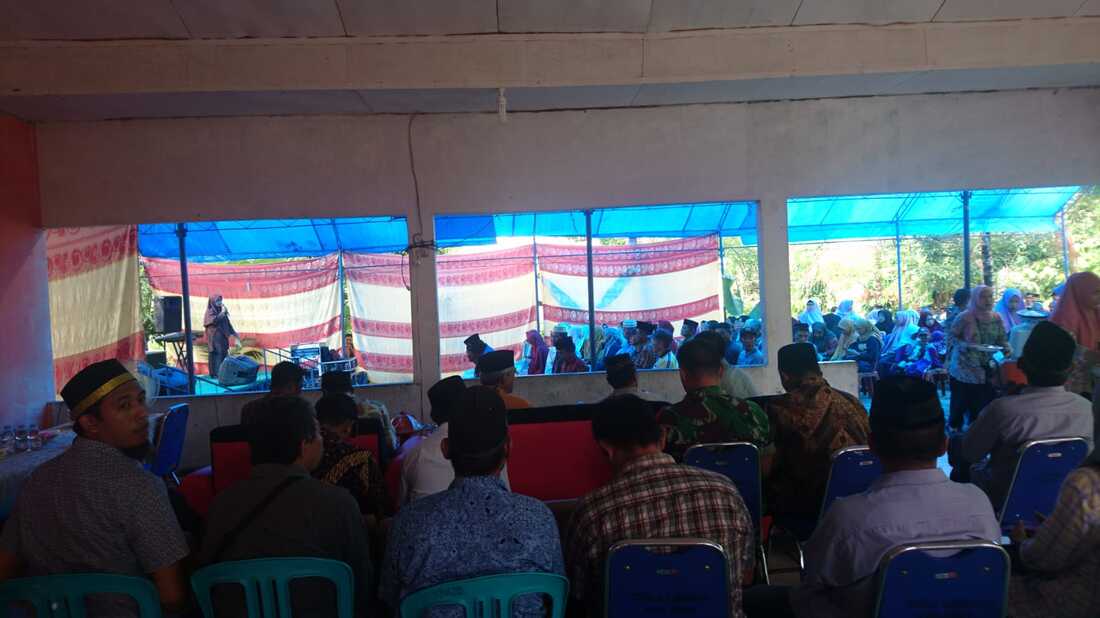
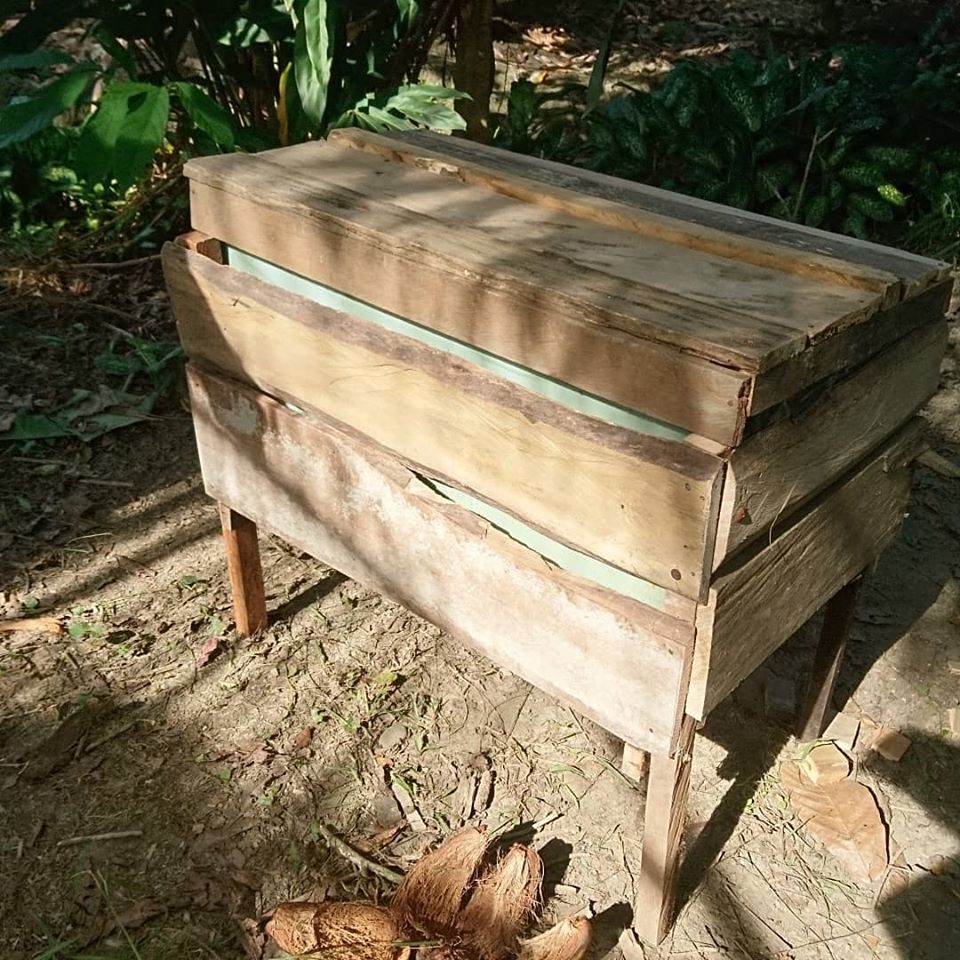
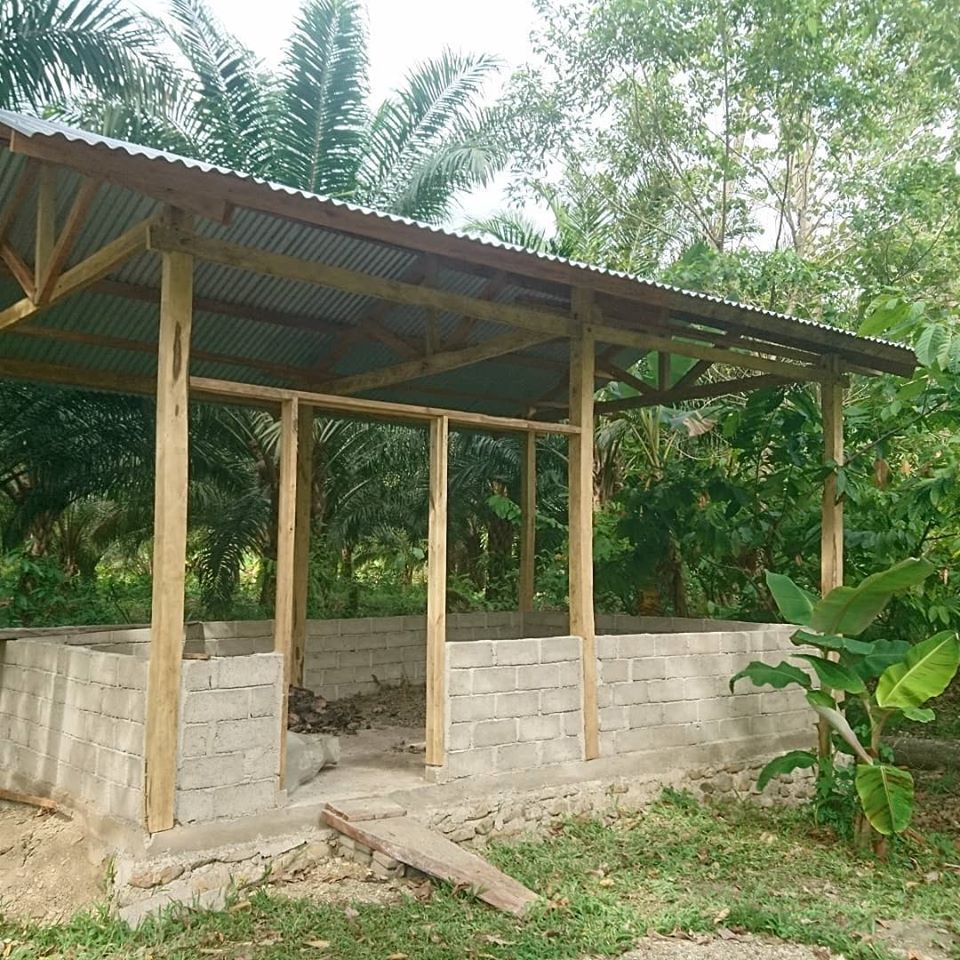
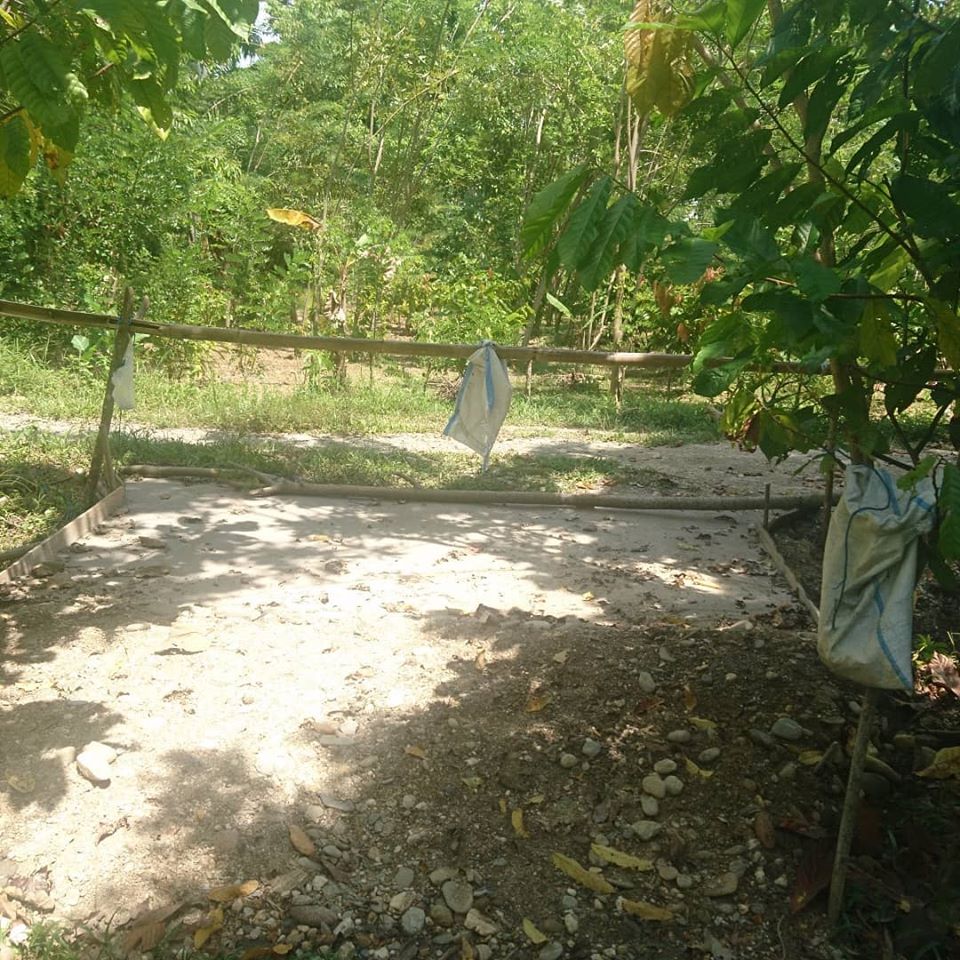
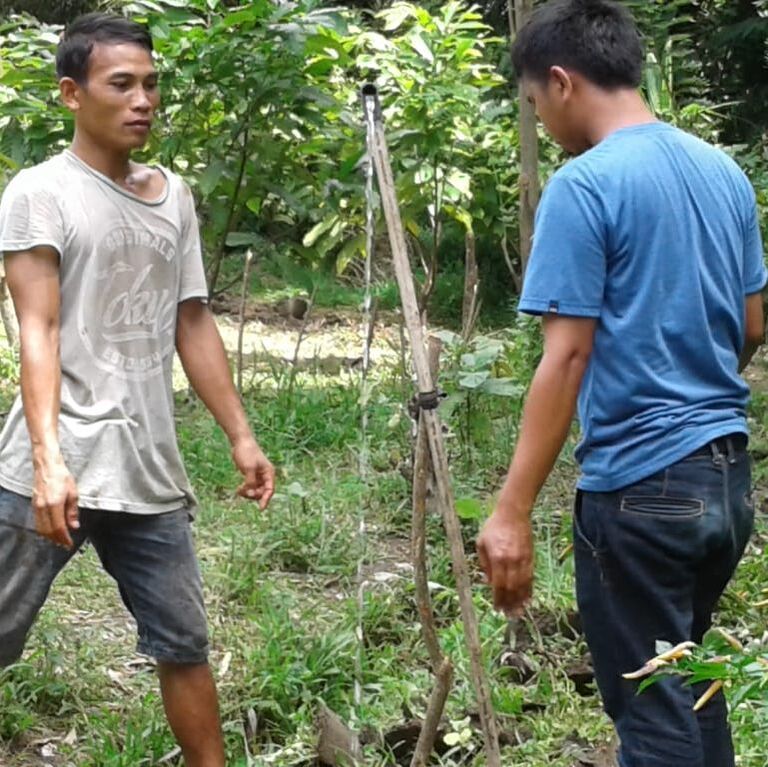
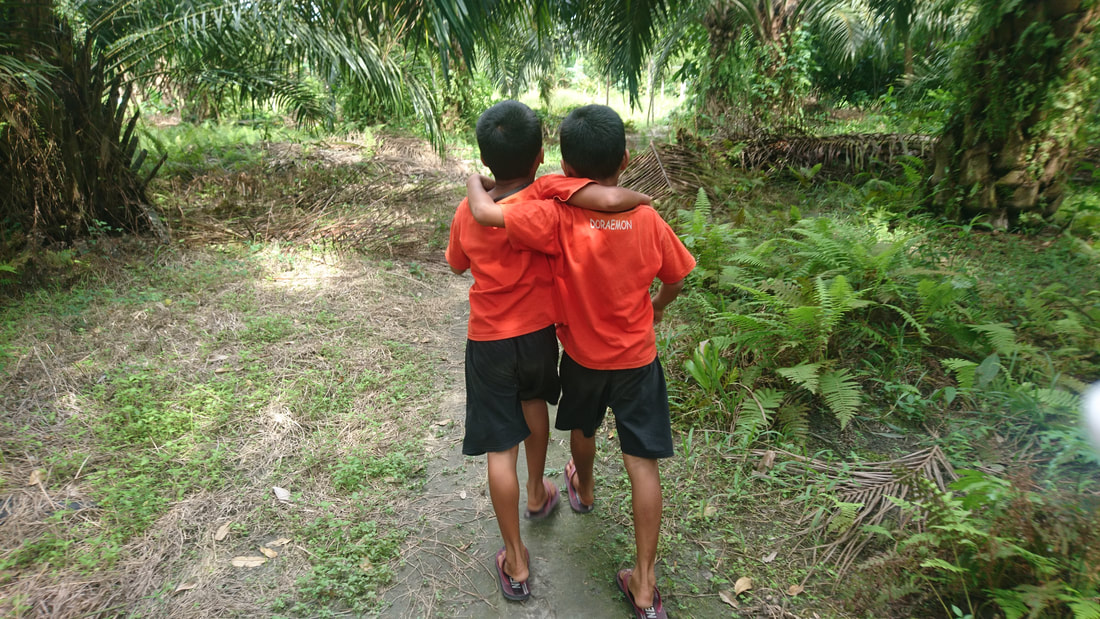


 RSS-feed
RSS-feed